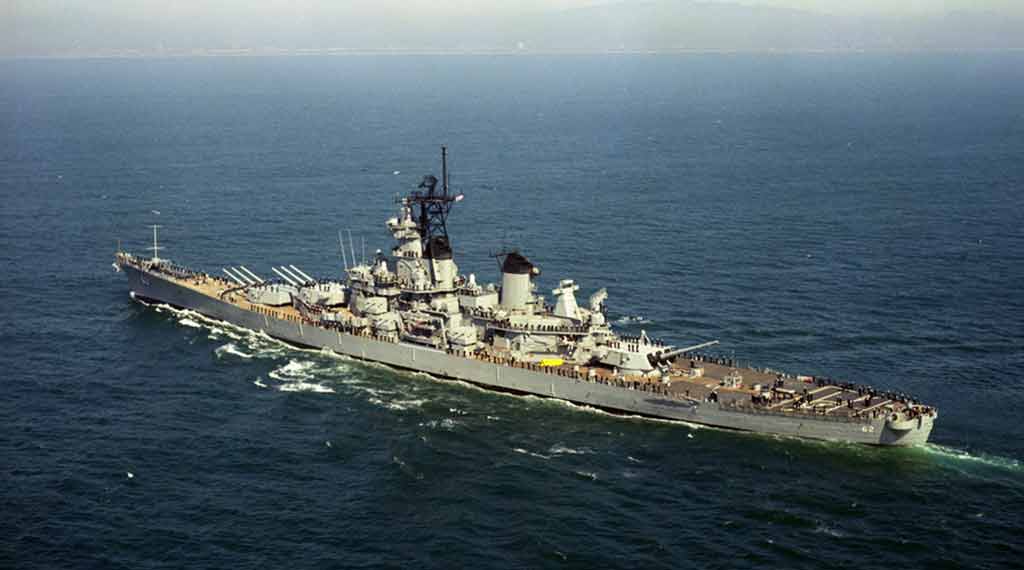
The U.S. Navy’s Iowa-class battleships, built during World War II, were reactivated in the 1980s under the Reagan administration to counter the Soviet Kirov-class battlecruisers and enhance Naval Surface Fire Support (NSFS) capabilities.
-This reactivation was seen as a cost-effective measure compared to building new ships. The Iowa-class received upgrades in electronics, radar, and fire controls, along with Tomahawk and Harpoon missile launchers.
-Their reactivation was aimed at addressing the Soviet threat, but the end of the Cold War and high operational costs led to their final retirement in the early 1990s.
Before the aircraft carrier became the most powerful ship afloat, hulking battleships ruled the waves. The last U.S. battleships, the Iowa class, were built for the Second World War and saw sporadic service in the decades that followed. Somewhat incredibly, they were retired for the final time in the early 1990s following a reactivation in the early 1980s.
- US Stands Up New Drone Strike Force in the Middle East - December 9, 2025
- Has Russia Finally Sold its Su-35s to Iran? - December 2, 2025
- Iran’s Growing Missile Arsenal Is a Challenge for Israel - November 18, 2025
